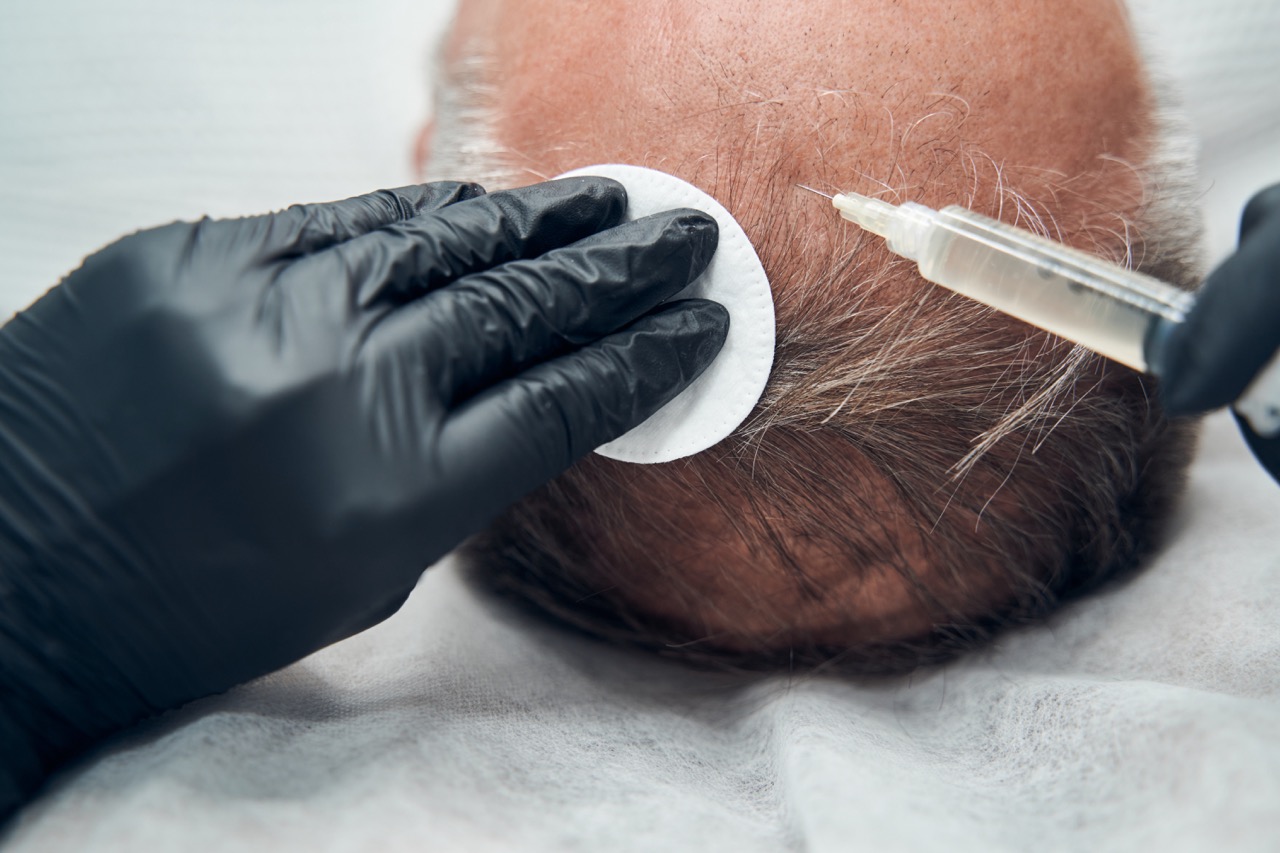Hair Transplant for African Hair Type: What You Need to Know
Hair loss is a universal concern that affects people from all ethnic backgrounds, including those of African descent. While hair transplant procedures have been widely used and refined for individuals with straight or wavy hair, patients with tightly curled or coiled hair types require a specialized approach. Understanding these unique characteristics and the techniques tailored to African hair can help ensure natural-looking, long-lasting results.
What Makes African Hair Different in Hair Transplants?
African hair is known for its unique texture and growth patterns, which can present both challenges and opportunities in hair transplantation. Key factors to consider include:
Hair Curl and Follicular Shape:
- African hair typically grows in tight, spiral-like curls. The hair follicles themselves often curve beneath the scalp, which can make extraction and implantation more complex compared to straight or slightly wavy hair types.
Hair Density and Coverage:
- While individuals of African descent may have fewer total hairs per square centimeter compared to other ethnic groups, the curliness of the hair provides greater coverage and creates the appearance of thicker density.
Scalp Characteristics:
- The skin on the scalp can be thicker or more prone to certain conditions, such as keloid scarring. This must be taken into account when planning a transplant.
These differences mean that surgeons must have specific experience and skills to achieve optimal results. Not all clinics have the expertise to handle African hair, so it’s essential to choose a practitioner who understands the nuances involved.
Why Technique Matters: FUE and FUT for African Hair
When performing a hair transplant, the two main methods—Follicular Unit Extraction (FUE) and Follicular Unit Transplantation (FUT)—both have their benefits and challenges for African hair types.
1. Follicular Unit Extraction (FUE):
FUE involves harvesting individual hair follicles from the donor area (usually the back or sides of the scalp) using a small punch tool. While FUE is known for leaving minimal scarring, extracting curly follicles can be more challenging. The natural curl means the follicles are not straight, and using standard tools or techniques may result in transection (cutting the follicles) and lower graft survival rates. Specialized curved punches or modified techniques are often required. When performed by an experienced surgeon, FUE can provide excellent results with minimal visible scarring.
2. Follicular Unit Transplantation (FUT):
In FUT, a thin strip of scalp is removed from the donor area, and the individual follicular units are dissected under a microscope. This method may be more suitable for African hair in some cases because the follicles are more easily handled and oriented outside of the scalp. However, FUT results in a linear scar, which may be more noticeable if the patient prefers very short hairstyles. An experienced surgeon can minimize the visibility of the scar and still achieve high survival rates for curly grafts.
Choosing the Right Technique:
The best approach often depends on the patient’s goals, hair characteristics, and the expertise of the surgeon. Many clinics combine both techniques or adapt their tools and methods to accommodate the unique challenges of African hair. For example, a surgeon might use a smaller, curved punch for FUE or opt for a fine suturing technique for FUT to ensure optimal healing and appearance.
Key Considerations for African Hair Transplants
When planning a hair transplant for African hair, it’s important to keep several factors in mind:
Surgeon’s Experience:
- Not every hair transplant specialist is well-versed in handling curly or coiled hair types. Choosing a surgeon with a proven track record in African hair transplants is critical.
Donor Area Quality:
- Ensuring there is enough healthy donor hair that matches the natural curl pattern is essential. The back of the scalp is usually the best source, but some patients may also use body hair if necessary.
Scarring and Healing:
- African skin is more prone to keloid formation (raised scars). A skilled surgeon will take extra precautions to minimize trauma and choose techniques that reduce the likelihood of visible scarring. Proper post-operative care is also vital.
Natural Appearance:
- The angle, direction, and density of transplanted hair must mimic the natural curl pattern. This requires meticulous planning and precise implantation techniques. When done correctly, the transplanted hair will blend seamlessly with existing hair.
Why Turkey is a Leading Destination for African Hair Transplants
Turkey has become a top choice for hair transplantation due to its combination of highly skilled surgeons, advanced technology, and cost-effective procedures. Cities like Istanbul, Izmir, Antalya, and Kuşadası are home to clinics that specialize in diverse hair types, including African hair. Key advantages of choosing Turkey include:
Expertise in Ethnic Hair Transplants:
- Many clinics have surgeons who understand the unique requirements of African hair and have developed techniques to optimize graft survival and natural results.
Affordable and Comprehensive Packages:
- Turkish clinics often offer all-inclusive packages that cover consultation, surgery, post-op care, and accommodation—making it easier for international patients to access high-quality care.
State-of-the-Art Technology:
- Advanced tools and innovative techniques are standard in Turkey’s leading clinics. Whether it’s using customized punches for FUE or precision tools for FUT, the focus is on achieving the best possible outcome.
The Hair Transplant Journey: What to Expect
Consultation and Planning:
Before your procedure, you’ll have a detailed consultation with the surgeon. They’ll assess your hair loss pattern, donor area quality, and overall health. For African hair, the surgeon will pay close attention to follicle curvature and scalp condition to develop a customized plan.
Procedure Day:
The surgery is typically performed under local anesthesia. The donor hairs are carefully extracted—either individually (FUE) or via a strip (FUT)—and prepared for implantation. The recipient area is then meticulously designed to ensure a natural hairline and correct density. Depending on the number of grafts, the procedure can take several hours.
Recovery and Results:
Recovery times for African hair transplants are similar to other hair types. Some redness, swelling, and scabbing are normal during the first few days. Transplanted hairs will shed in the initial months before new growth begins. Full results typically appear within 12 months, with a natural-looking, denser appearance.
Aftercare Tips for African Hair Transplants:
- Follow all post-operative care instructions provided by your clinic.
- Keep the scalp clean and moisturized as recommended.
- Avoid direct sun exposure and intense physical activity during the healing phase.
- Stay in touch with your clinic for follow-up consultations to monitor progress.
Conclusion
Hair transplants for African hair types require a specialized approach, but with the right surgeon and techniques, you can achieve outstanding results. Turkey’s top clinics offer the experience, technology, and affordability that make them an excellent choice for individuals seeking to restore their hair. By selecting a skilled professional who understands the unique characteristics of African hair, you can enjoy a natural, long-lasting transformation that enhances your confidence and style.
 English
English














